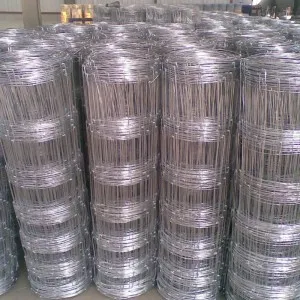The Benefits of Quail Stacking Cages in Poultry Farming
Quail farming has gained popularity in recent years due to the increasing demand for quail meat and eggs, which are considered delicacies in many cultures. As more farmers venture into this profitable industry, the need for efficient and space-saving housing systems becomes crucial. One innovative solution is the use of quail stacking cages, which offer numerous advantages for both small-scale and commercial farms.
Space Efficiency
One of the most significant benefits of stacking cages is their ability to optimize space usage. Traditional quail housing can be cumbersome and require a significant amount of land. In contrast, stacking cages allow farmers to raise a larger number of birds in a smaller footprint. This vertical arrangement not only maximizes the use of available space but also makes it feasible to keep quails in urban or limited land settings.
Enhanced Management
Quail stacking cages facilitate easier management and monitoring of the birds. Each cage can be designed to hold a specific number of quails, allowing farmers to easily track their health, growth, and overall well-being. This organized structure also simplifies feeding, watering, and cleaning processes, which can be particularly time-consuming in traditional housing systems. By streamlining these tasks, farmers can spend more time focusing on other important aspects of their operation.
Improved Sanitation
Maintaining proper hygiene is vital in poultry farming, as it directly impacts the health and productivity of the birds. Stacking cages are typically designed with features that enhance sanitation. The slatted floors allow for easy waste removal, reducing the risk of disease spread. Additionally, these cages can be made from materials that are easy to clean and disinfect, ensuring a healthier environment for the quails. Regular cleaning becomes a more manageable task, minimizing the likelihood of infection and mortality among the birds.
quail stacking cages

Optimal Environment Control
Quail stacking cages can be equipped with climate control features that help maintain optimal living conditions for the birds. Temperature, humidity, and ventilation are all critical factors that affect quail growth and egg production. By employing stacking cages, farmers can implement better airflow systems and adjust the environment more effectively. This results in healthier birds that are likely to produce more eggs and meat, ultimately enhancing the profitability of the farm.
Cost-Effectiveness
While the initial investment in stacking cages may be higher than traditional housing, the long-term savings and increased productivity often outweigh the initial costs. The efficient use of space reduces the land requirements, and the labor-saving advantages can lead to lower operational costs. Additionally, healthier birds in a controlled environment typically result in lower veterinary costs and improved overall yield, making stacking cages a cost-effective choice in the long run.
Adaptability and Scalability
As the quail farming industry continues to expand, the adaptability and scalability of stacking cages make them an appealing option for farmers. Whether you're starting with a small flock or considering a large-scale operation, these cages can be easily adjusted to meet the farmer's needs. They can be integrated into existing systems or expanded as the business grows, providing flexibility in management and operations.
Conclusion
In conclusion, quail stacking cages represent a significant advancement in poultry farming, offering a multitude of benefits that enhance productivity and efficiency. From optimizing space and facilitating management to improving sanitation and overall bird health, these innovative housing solutions cater to the evolving needs of quail farmers. As the demand for quail meat and eggs continues to rise, investing in stacking cages could be a strategic move for those looking to thrive in this promising industry. By embracing modern farming techniques, such as the use of stacking cages, farmers can position themselves for success in a competitive market while promoting responsible and sustainable approaches to poultry farming.

















